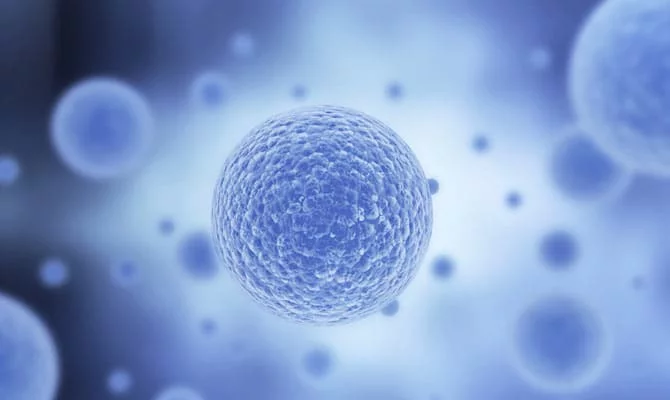
The process of Cell meiosis occurs through cell division. In this Stage, the cells generate gametes (egg or sperm) and carry half of the normal chromosome count. After fertilization, the resulting embryo formation (after gamete) shall then finally contain the right number of chromosomes. Meiosis is a special type of cell differentiation that produces gametes with half as many chromosomes. Meiosis I is a type of cell division unique to germ cells, while meiosis II that is very similar to mitosis.[1]
eiosis is a specialized type of cell division that reduces the chromosome number by half, resulting in four non-identical daughter cells, each with half the number of chromosomes of the original cell. This process is critical for the formation of gametes (sperm and eggs) in sexually reproducing organisms. Meiosis ensures that offspring have the same chromosome number as their parents and introduces genetic variability.
Meiosis introduces genetic variability through crossing-over and independent assortment of chromosomes. It ensures the stable transmission of genetic information by producing gametes that have half the chromosome number of somatic cells. When fertilization occurs, the diploid number of chromosomes is restored.
In humans, the result of meiosis is the formation of eggs (in females) and sperm (in males), both of which have 23 chromosomes, compared to the 46 chromosomes in somatic (body) cells. Learn more about genetic testing.
The First stage of Meiosis “I” reduces the ploidy levels from 2n to just n while the second stage of Meiosis “II” divides the last remaining set of chromosomes in a “mitosis-like” process.). The old name for meiosis was reduction/ division. Two daughter cells are formed during telophase I. These usually go immediately into the second cell division (meiosis II) to separate the chromatids.[2]
The steps involved in meiosis are similar to mitosis and even have the same names.Alleles are what help to facilitate this drive can also spread if they team up with the meiotic drive alleles. During the reduction division stage of meiosis I, cells go from a diploid to a haploid state.
The term “disjunction” describes the separation of the chromosomes in meiosis stage I or “sister” chromatids in meiosis stage II. NOTE** There is also an alternative theory about the origins of meiosis. This theory states that meiosis division evolved from mitosis. To better understand meiosis in eukaryotes, it’s very important to understand how meiosis can differentiate into a single cell eukaryotes. This is a vital function of the mitosis separation process. [3]
The mechanism by which meiosis occurs is the process to joining two genomes. That second division divides the number of chromosomes in half.
[1] ^ Gerton, J. L., & Hawley, R. S. Homologous chromosome interactions in meiosis: Diversity amidst conservation. Nature Reviews Genetics 6, 477–487 (2005) doi:10.1038/nrg1614
[2] ^ Lopez-Maury, L., Marguerat, S., & Bahler, J. Tuning gene expression to changing environments: From rapid responses to evolutionary adaptation. Nature Reviews Genetics 9, 583–593 (2008) doi:10.1038/nrg2398
[3] ^ Marston, A. L., & Amon, A. Meiosis: Cell-cycle controls shuffle and deal. Nature Reviews Molecular Cell Biology 5, 993–1008 (2004) doi:10.1038/nrm1526
If you've seen people take ice baths or cold showers and wondered if they're onto… Read More
Immunomodulation stands at the forefront of biomedical research, steering the immune system's ability to fight… Read More
Stem cell research leads the charge in medical innovation, heralding revolutionary advances in regenerative medicine.… Read More
The blood-brain barrier (BBB) is a crucial shield for the brain, regulating the entry of… Read More
While peptide bonds are fundamental to protein structure, their direct relationship with stem cells lies… Read More
When discussing cutting-edge cancer treatments, NK cell therapy stands out due to its unique approach… Read More